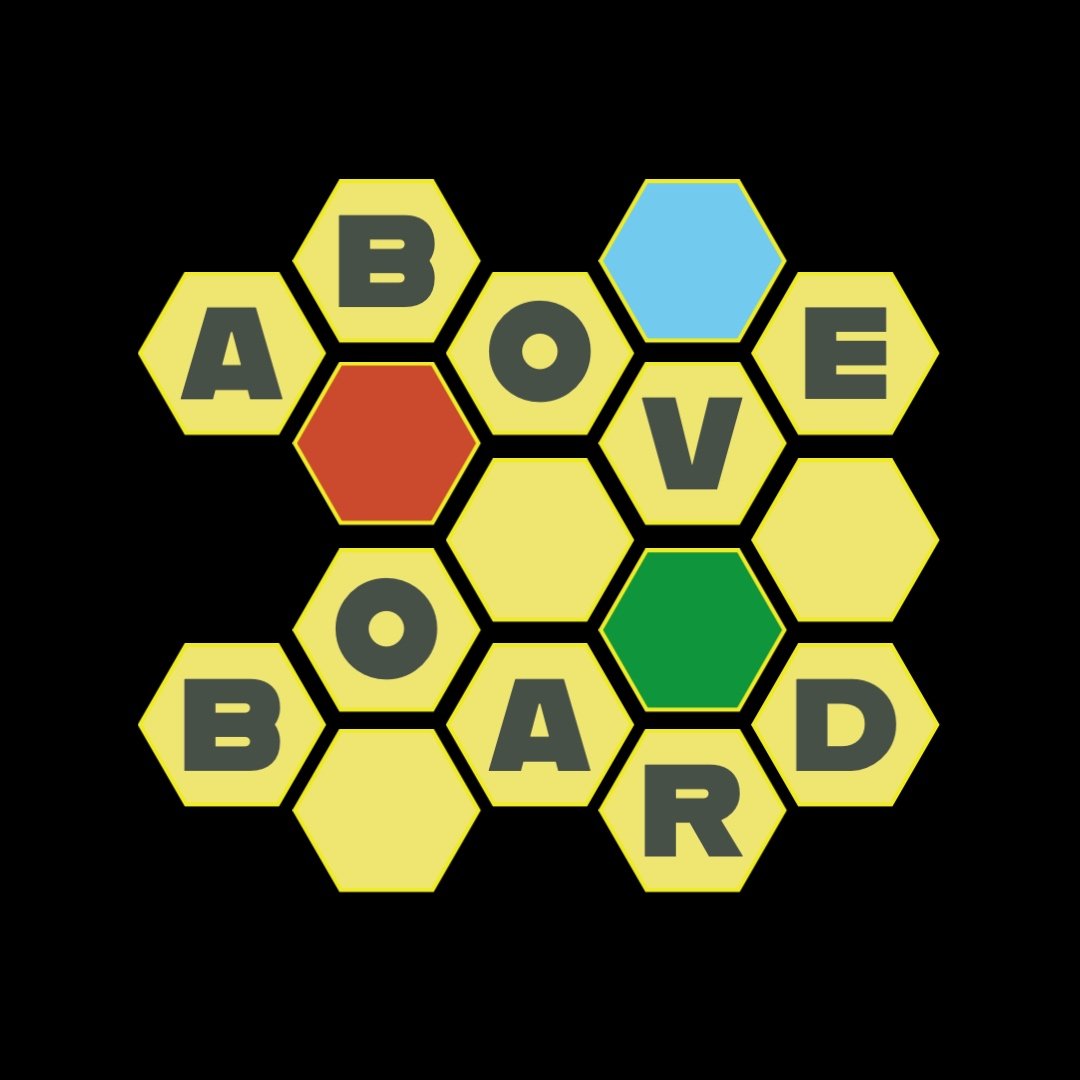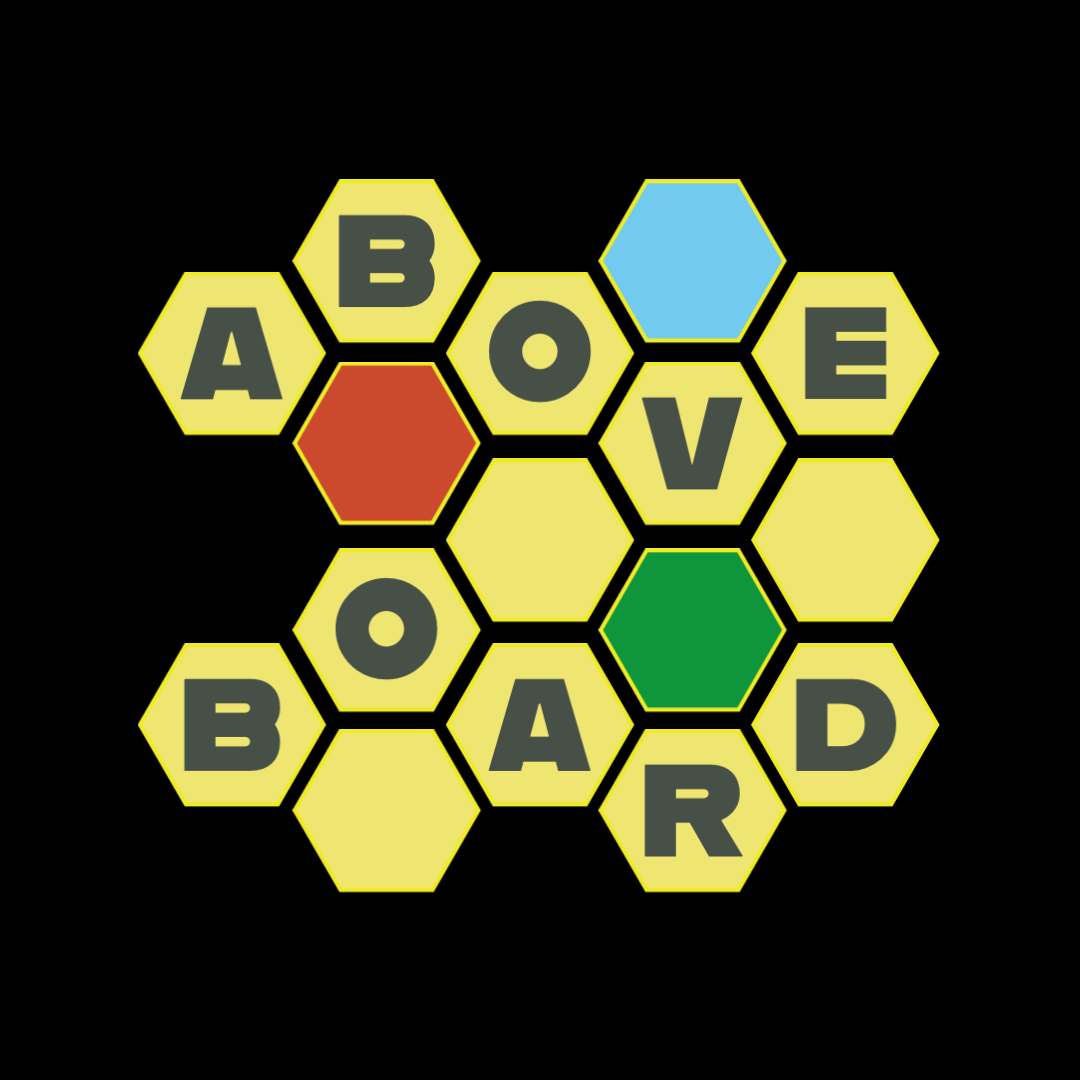Takahe’s Solo Den: Arkwright The Card Game
1-4 Players 60-100 minutes Age 12+
Designer: Stefan Risthaus
Artist: Mehdi Merrouche
Publisher: Game Brewer
Heavy euro in a compact box…
When I am interested in a particular game, I always do my research first – read the rulebook, watch some playthroughs, check comments on BGG. I rarely buy a game I know very little about. Having seen the lukewarm reception of Arkwright: The Card Game and some mixed reactions on it on BGG, I had to do a thorough investigation because… to be honest… I really liked what I saw. This game is not your typical hit, nor your typical disaster. Some people find it very good and some -on the other hand- pretty lacking. For me personally, I am definitely leaning towards those who enjoyed (and are enjoying) the game – however, there are some small issues I have to address, issues that slightly hinder an otherwise well-executed and crunchy design.
Hostile rulebook
First and foremost, for some reason I had a hard time chewing through the rule book. There is no general overview of what you do in the game or what the game is about, and the setup guide is anything but helpful. Mainly how you put together the deck of development cards – since these cards are double sided, do they have to be on the side listed in the rulebook or can they be flipped when added to the deck? I don’t know. Can I inspect the market (in solo play) to see which card has what on its backside? I don’t know. Or why is one card with the same “production” symbol only usable for one, single factory while the other one with the same symbol applies to any and/or all? I don’t know. Just seems to me the symbology could have been clearer and the rulebook more specific as with a numbers-heavy game like this one, good solid rules are super-critical.
Appearances can be deceiving…
Still... despite my reservations towards the rulebook, the game is actually not that hard to play – the basic gameplay loop is relatively straightforward: you build factories, you produce a variety of goods and you sell those goods, either locally or internationally. You can also increase the quality and distribution of your stuff as well as hire new workers (to increase production) or replace them with machinery, reducing the cost of running your business. That’s it. There is no worker placement, no resource management, no deck building, just light engine & tableau building, sprinkled with some simple card play. Sounds easy peasy? Yeah, right…
More than meets the eye
The thing is – this game is at its core, an economic simulation. By adjusting the appeal of your goods (through either quality or distribution improvements), you also control the demand. HOWEVER, there are other potential (ai or human) players on the market selling the same goods, so you really want to cannibalise on their sales by increasing your appeal, thus selling more than them.
Two reasons why you want to sell more and have the most appealing product – 1) the value of your shares increases each time you sell more than 2 items and 2) if your product is the most appealing, the value of your shares increases even more. So, this means that sometimes you want to sell cheaper and perhaps not even earn much money (because running a factory costs money, plus you have to pay your workers) just to make sure the value of your company goes up. And when the value goes up, the shares are worth more and if you are smart enough to buy your shares early on, you are getting richer and richer.
The numbers game…
Speaking of shares - buying your own shares is how you score victory points in Arkwright: The Card Game. There is no other way. You simply have to either use one of the development cards or one of your actions to buy shares in your company. You can buy 1-2 for half the price (if you’ve invested in the corresponding development section on your player board), but the rest costs you the full price.
Since you only have one action per round and you only have 12 rounds per game (game cycles through all 4 products 3 times), you have to be really smart about when you take that share-buying action. But you also have to think about how best to chain your other actions in order to increase appeal and production, decrease the cost, or even open up a new factory (you start with 2, can have up to 4). So undoubtably you will be forced to make compromises and “cut corners”.
Love at first sight
And this is where the genius of this design lies – it’s not the number of actions you can choose from, it’s the sequencing of them. This game is not heavy because you have 30-40+ different things to do; this game is heavy because you have to be good at thinking ahead and prioritising. I absolutely adore this design - it’s elegant, logical, skill-based, deep and crunchy, yet it doesn’t overwhelm you with other clutter (such as those 30-40 actions to chose from).
After my first game, I actually had a slight headache of thinking too much or too hard 😊, that’s how much I’ve tried to execute all the actions in the best possible time and sequence. But the pure satisfaction of pulling off a great sale (that you’ve been carefully building towards for the past few rounds) followed up by adding more shares to your collection is really hard to describe. Just an immense joy. And the game doesn’t even need flashy components (albeit those are quite solid too) nor super cute art to deliver the immersion. All the game needed is a sound design, which it delivered 100%.
Solo worth every pound’n’penny
I am also happy to report that solo mode is just as good as the gameplay mechanisms themselves. In solo game, you are competing against two other companies. There are no solo cards to drive actions for these companies; instead, you randomly draw cubes of their colours from a cup (or bag) to determine who does what (company corresponding to a drawn cube increases their appeal, the other one gets a share).
So in essence, bots only increase their shares (and the value of shares) and push their cubes up on appeal tracks in order to block you from being first on the track or sell more than them. They also block off some development cards and occasionally open a new factory (they start with two in the beginning – just like the player), all of which is done pretty much instantly.
Love love love (!) this solo implementation. In my 10 games so far, both solo bots provided a solid competition – so it’s not an easy cakewalk towards your victory. Other thing worth mentioning is a solid variety of objectives / milestones for solo game. You can spice-up your game by setting up a pre-requirement which can be any (or several) of these objectives (for instance do not sell outside of local market / do not replace people with machinery etc.).
When I think about it now, this solo mode really reminds me of solo in Founders of Teotihuacan… there too you pick objectives you need to fulfil first before you can even consider scoring for victory. So, if you were worried whether the game becomes stale and samey too quickly, do not be worried anymore – with these objectives (and an expert mode adding several modules to the game), you won’t feel bored with this game any time soon.
A pleasant surprise
I have to admit – I did not have high expectations for Arkwright: The Card Game. Seeing how the game was gaining mostly mixed reactions, I was approaching it with extreme caution. To my surprise however, this medium-to-heavy euro really hit the sweet spot for me. It’s relatively quick to set-up and play (solo game takes roughly 30-45m to finish), compact… and yet does not compromise anything on its complexity.
The main attraction here are obviously the mechanisms themselves, which paired with a very smooth and enjoyable solo play, provide a rewarding experience much greater than what the size of the box suggests. I understand the many of you will be reluctant to give this one a chance (due to the mixed feedback the game received), however if you like this genre and have even the slightest itch to try this one out, you can do so safely on tabletopia. Who knows – you might even like it as much as I do!











